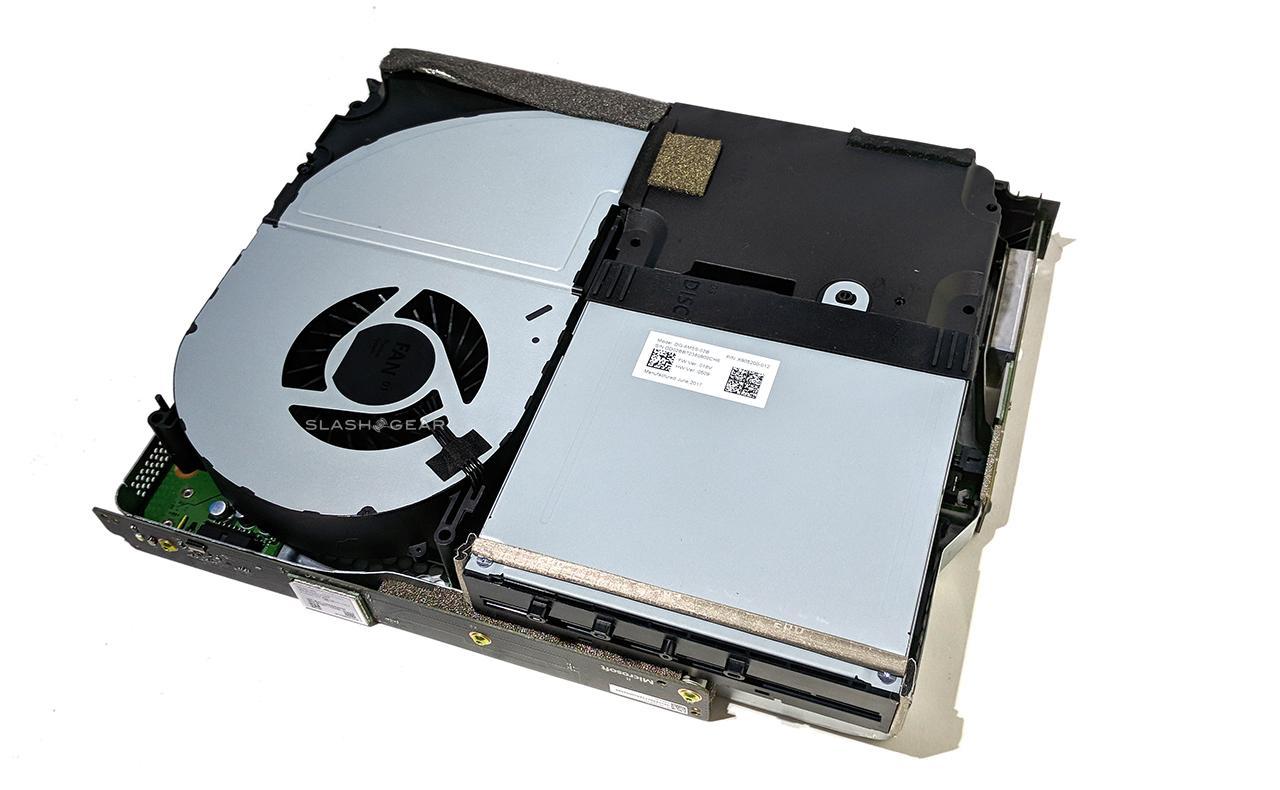Oh come on mate...

why this again?
You are very good at speculation and with words, but building a castle on top of it does not make the foundations necessarily strong. What is the basis for this?
Trust me, this is nothing malicious on my end. When I say "using RDNA1 as the base", that isn't the same as saying it's RDNA1. I'm just saying architecturally they mayve started with RDNA1 and then integrated RDNA2 (and maybe even RDNA3) features into the design and, perhaps, outside of clear things like Mesh Shaders there may not be many massive architectural changes between the two (aside from frontend improvements which I'd assume Sony have included a lot if not all of as well...that may or may not explain the cache scrubbers though).
I'll just list the main things that make me think RDNA1 is at least some of the basis for PS5:
1): Explicit mention of Geometry Engine and Primitive Shaders by Cerny. Less so Geometry Engine; I assume RDNA2 has GE too so that doesn't really tell us anything, but mentioning Primitive Shaders sticks out to me. We know those are on RDNA1 so....?
The only other thing I can think of is that maybe, they've tailored the GE to a point where they don't need Mesh Shaders and sticking with Primitive Shaders was more cost-efficient for their spec? That at least would lend to the idea that RDNA2 is serving as the base here but they stuck with using RDNA1 Primitive Shaders and customizing them to bring in some of the benefits of Mesh Shaders.
2): Ariel being RDNA1. I know a lot of people want to think otherwise but to me this and Oberon are more or less the PS5 GPU, particularly Oberon. And I know a reason some people dismiss Oberon is because it still listed RDNA1 in a Rogame tweet, but I've seen theories on B3D saying that was more likely a reference to Ariel iGPU regression profile testing, which makes a lot of sense. Therefore those benchmarks weren't exposing the full Oberon chip. Other reasons of dismissing it come down to the clock in the leaks being wrong, but then again so was the clock in Arden (speaking of, the final active CU count there was wrong but it mirrors the Scorpion > One X situation of deactivating 4 cores for the final GPU).
I just have to ask though, why would Sony need to test an RDNA1 chip at all? The only conclusion I can draw from that is they were in some way using RDNA1 as a base of their design, even if they also clearly intended to blend in RDNA2 roadmap features from the get-go. Then you add in the rumors of a 2019 launch that were going around a while ago and the first date of the first Oberon revision conveniently being June 2019 (it may've been tested earlier than the logged date). I personally just think there's too much smoke there but again, it's not me trying to bring up RDNA1 here in the way some other folks might.
3): Hardware-based BC. I know RDNA2 has a compatibility mode for RDNA1 and therefore the GCN support that architecture had, but maybe the way RDNA2 (at its base) handles that isn't as optimal as RDNA1 with its literal GCN hardware support built into the silicon?
Actually this is also a reason I say the Series systems are "custom" RDNA2; although MS's solution is much more software emulation based for BC, is it 100% software-based? If not they might've still needed some small bits of GCN hardware in the GPU, so maybe that could be a bit of RDNA1 they have in their silicon, too. I'm just speculating, though.
So those are the three main reasons, but I think people are just strongly reacting at the mere mention of RDNA1 here because they're inferring it with being inferior to RDNA2. Even if PS5 is leveraging a notable bit of RDNA1, I expect it's been refined over the PC RDNA1 GPUs, such as with the Primitive Shaders, and have deeply integrated hardware support for RDNA2 (and maybe RDNA3 if some of those fringe rumors are correct) features in the hardware, too. Same as Microsoft; I just think there's enough circumstantial evidence to think Sony might have a higher weight of RDNA1 features in their design, that's all.
Even so, I'd say they're both on the same process node, 7nm DUV enhanced, so they both benefit from the IPC gains. And among whatever are the common/generic RDNA2 features I'd expect them both to have the majority of them, even if in some cases at different "weight". For example the current rumor PS5 doesn't support ML? I don't buy that. I don't see why Sony would skip ML support on PS5 when the PS4 Pro had FP16/INT16 ML support. Now they may not have the INT8/INT4 ML support MS has,
that's a possibility. But I'd at
least expect them to have FP16/INT16 and will be extremely surprised if it turns out they don't.







